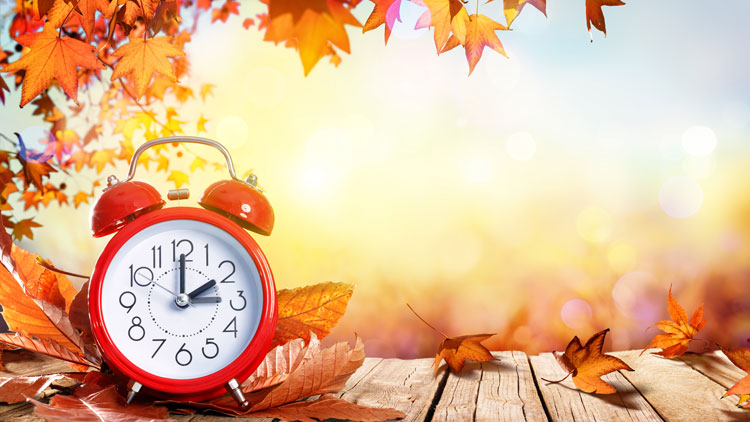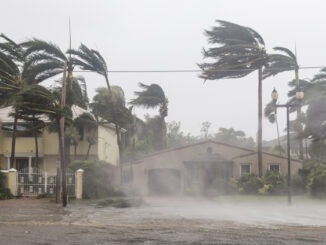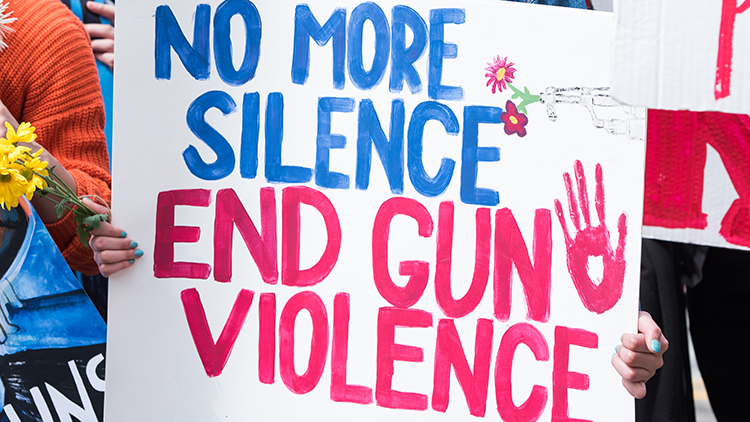
It’s March! This means you might be getting ready to change the time on your clocks. This is to follow daylight saving time. The clocks are set one hour ahead in March. This is to gain an extra hour of daylight. In November, the clocks are set back one hour. Daylight saving time was started to help people use less energy. More daylight in the spring and summer lets us use less electricity.
A plan by the United States government tells us how we set our clocks. There are six months of daylight saving time from March to November. Then, there are six months of standard time from November to March. However, not every state follows this plan!
Is daylight saving time helpful? It depends on where you live. Some places get more hours of daylight than others. Some places get more sunlight than others. This is because of their location on Earth’s surface. There have been changes over the history of daylight saving time, and there might be more changes in the future.
What Do You Think? How does daylight saving time affect you?
Photo Credit: Romolo Tavani/Shutterstock



